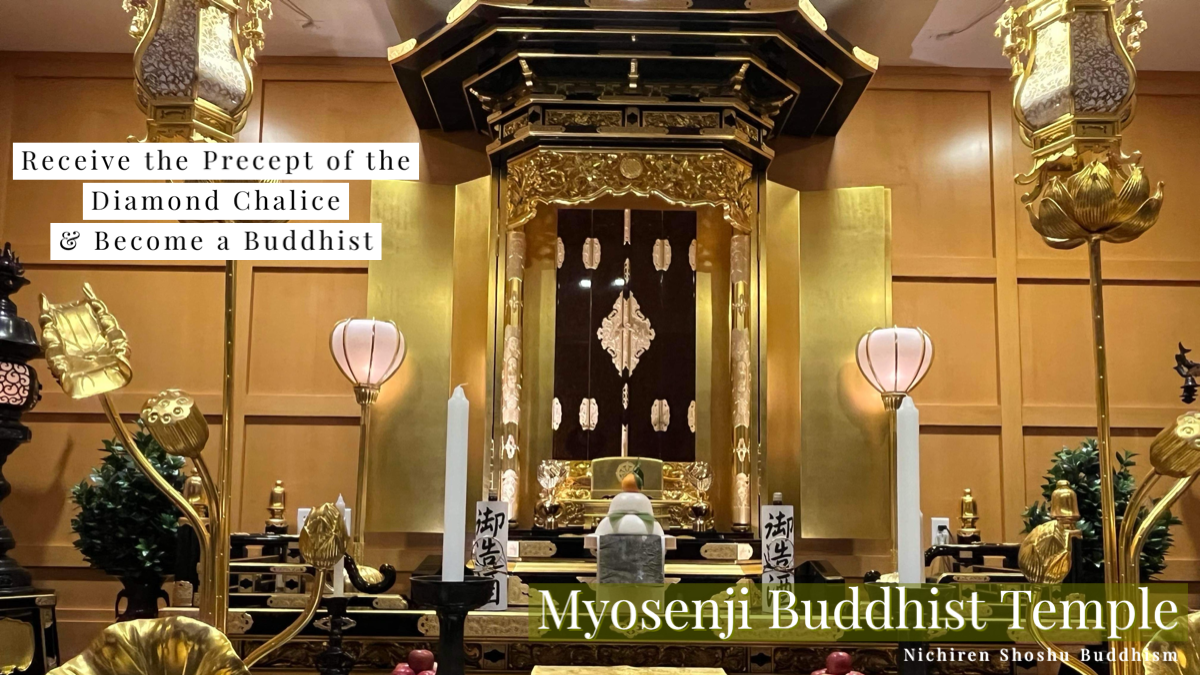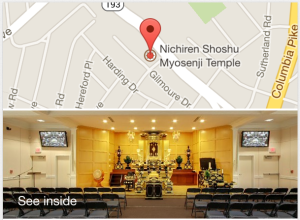Gongyo is the recitation of a portion of the second and the entire sixteenth chapter of the Lotus Sutra. During morning and evening Gongyo, we recite the Hoben (second) and the Juryo (sixteenth) chapters and chant the Daimoku (Nam-Myoho-Renge-Kyo). Why, out of all the chapters of the Lotus Sutra, do we recite these particular chapters? Nichiren Daishonin indicates the reason in his Gosho, Recitation of the Hoben and Juryo Chapters:
Even though none of the chapters of the Lotus Sutra is negligible, out of all the twenty-eight chapters, the Hoben and Juryo chapters are particularly superior and praiseworthy. The remaining chapters are all like the branches and leaves [of these two chapters]. Therefore, for your regular practice, you should learn and recite the prose sections of the Hoben and Juryo chapters. (MW, Vol. 6, p.10, Gosho, p.303)
The essential basis of faith and practice in Nichiren Shoshu lies in the five morning and three evening prayers recited during Gongyo each day. Since the days of Nichiren Daishonin, the practice of Gongyo has been the foundation of practice in Nichiren Shoshu.
The first thing a new believer learns when becoming a Nichiren Shoshu Buddhist is how to do Gongyo. This is because Gongyo and chanting Nam-Myoho-Renge-Kyo are the most basic, important practices in faith. In Nichiren Shoshu, faith and the practice of Gongyo are inseparable. When Gongyo is done earnestly every day, it is a powerful engine for building a happy life.
References: Nichiren Shoshu Monthly, November, 2011, pages 16-18; Basics of Practice, pages 22-35.


